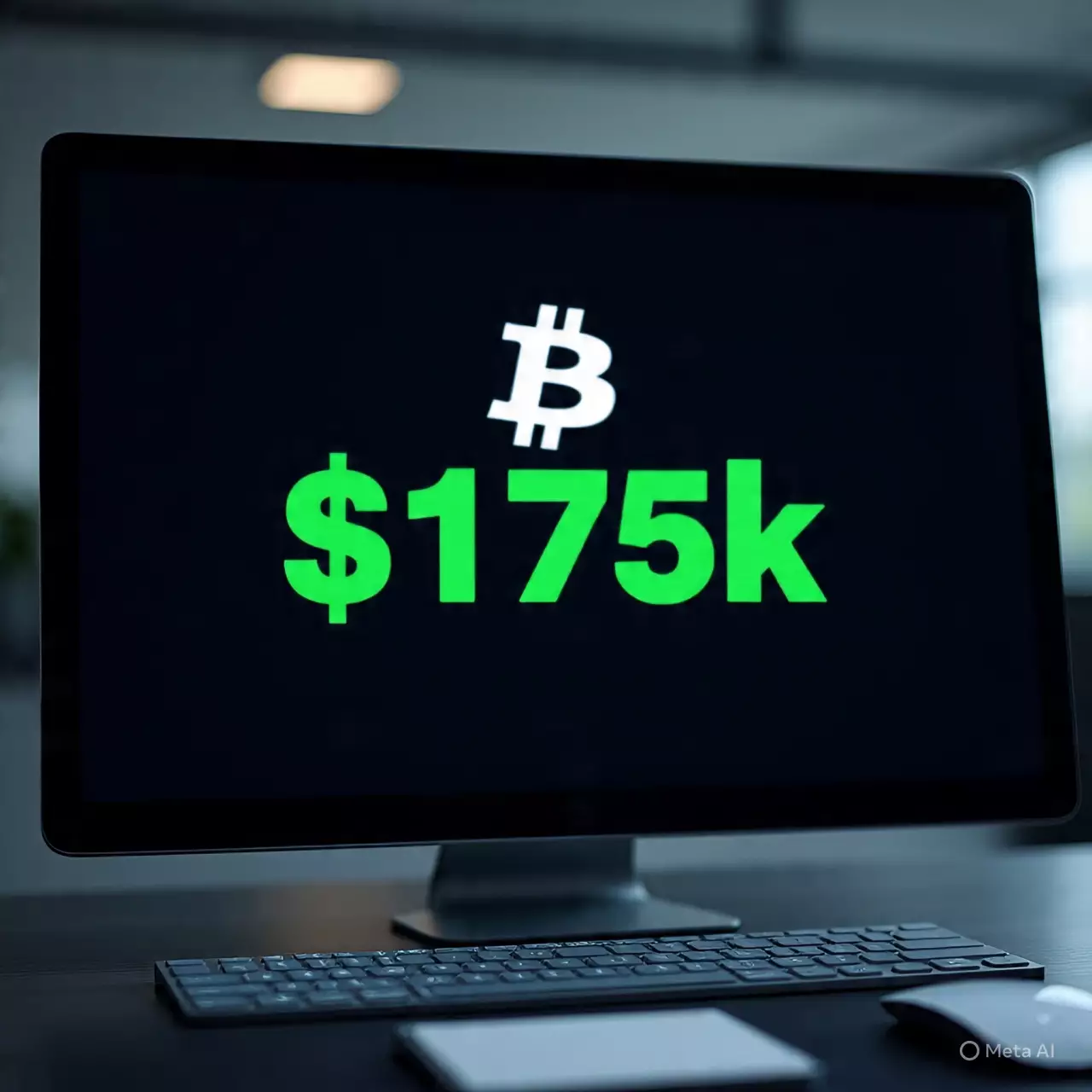In the rapidly evolving sphere of digital assets, the role of journalists is often romanticized as objektive conveyors of truth. However, beneath this veneer lies a complex web of biases, interests, and influences that can distort public understanding. While many believe that accurate reporting is purely a function of journalistic integrity, a closer examination reveals that narrative framing often aligns with specific political or economic agendas. The coverage of cryptocurrency, for instance, frequently oscillates between exaggerated hype and unwarranted criticism, both of which are driven less by facts and more by ideological predispositions. This deliberate or subconscious bias can significantly warp the narrative, influencing how everyday investors perceive and engage with these assets.
Media outlets tend to frame cryptocurrencies within a polarized context—either as revolutionary tools for financial freedom or as volatile scams. Such dichotomous portrayals are rarely neutral; they serve particular interests and reflect broader political narratives. Center-right liberal voices, for example, might emphasize the potential of blockchain technology to disrupt centralized institutions and promote individual liberty, while left-leaning outlets might highlight its association with criminal activity or environmental concerns. When journalists lean toward sensationalism—either glorifying or vilifying—public perception gets skewed, rendering complex issues into digestible but misleading narratives.
The Consequences of Entrenched Bias and the Need for Critical Engagement
Given this landscape, readers must learn to approach media reports on cryptocurrencies with a healthy dose of skepticism. It is not enough to passively absorb information; instead, there needs to be a conscious effort to analyze underlying motives and recognize framing strategies. Bias creeps in not only through selection of facts but also through omission — what is left unsaid often qualifies what is presented. For example, focusing solely on the hackings or fraud scandals without considering technological safeguards or growth metrics provides a skewed picture that can knock investor confidence unnecessarily.
Recognizing this bias is crucial because it directly impacts policy debates and regulatory approaches that shape the future of digital currencies. Journalists often serve as intermediaries between the industry and the public, yet their default narratives can either catalyze innovation or amplify fear and resistance. Democratic societies thrive on diverse viewpoints, but when media outlets become echo chambers for certain perspectives, the public discourse degenerates into polarization rather than constructive debate. A more balanced approach involves providing context, highlighting trade-offs, and emphasizing responsible risks—an area where many crypto journalists fall short.
Center-Right Perspectives and the Power of Responsible Journalism
From a pragmatic, center-right liberal perspective, the role of media should focus on championing informed individual choice rather than sensationalism. Proper reporting acts as a catalyst for economic growth by promoting a clear understanding of emerging technologies like blockchain, which have the potential to reinforce free markets and decentralization. Doomsday narratives or unfounded hype hinder innovation and scare off entrepreneurs eager to explore new decentralized paradigms. Conversely, excessively negative coverage can lead to unwarranted regulatory overreach, stifling entrepreneurial initiative and financial sovereignty.
Responsible journalism should, therefore, strike a balance—highlighting the promise of cryptocurrencies and blockchain tech, while diligently addressing the genuine risks involved. It must empower consumers with the tools to see beyond headlines and understand the nuances that underpin this complex digital revolution. As politicians and regulators often follow media cues, honest and fair reporting becomes a safeguard for balanced policy development. Only then can the media serve as a bridge—not a barrier—to responsible adoption and innovation within the digital economy.
Challenging the Status Quo for a Fairer Narrative
Ultimately, the power to reshape how cryptocurrencies are portrayed hinges on journalistic integrity and societal demand for responsible reporting. A more discerning audience can push media outlets to prioritize facts over sensationalism—fostering a more rational, informed debate about the future of money. If journalists are truly to serve their audiences, they must critically assess their own biases and strive for a narrative that uplifts opportunities rather than fears.
In doing so, media has the potential to become a force that champions innovation, respects individual agency, and recognizes the importance of free-market principles which underpin the cryptocurrency revolution. The acknowledgment that media bias exists is the first step—what remains vital is a collective effort to hold journalism accountable, promote balanced perspectives, and ensure that the discourse surrounding crypto does not devolve into ideological battlegrounds. Only then can the true potential of this transformative technology be realized in a manner that benefits society as a whole.

